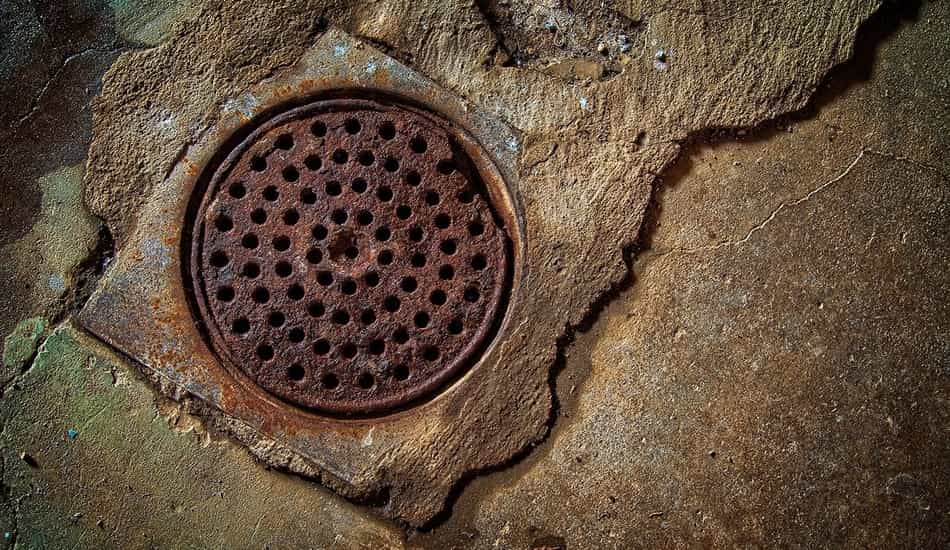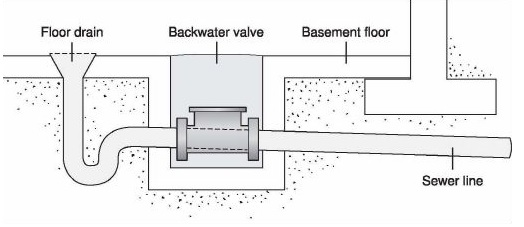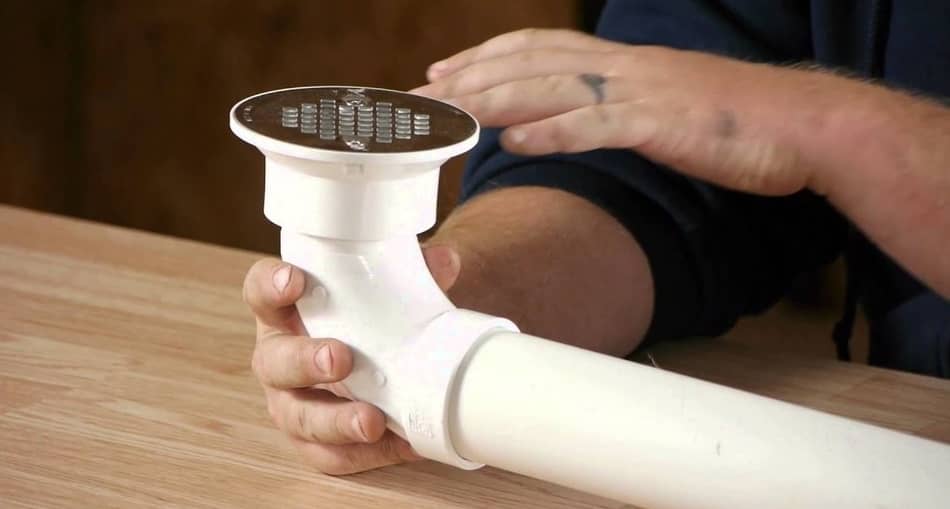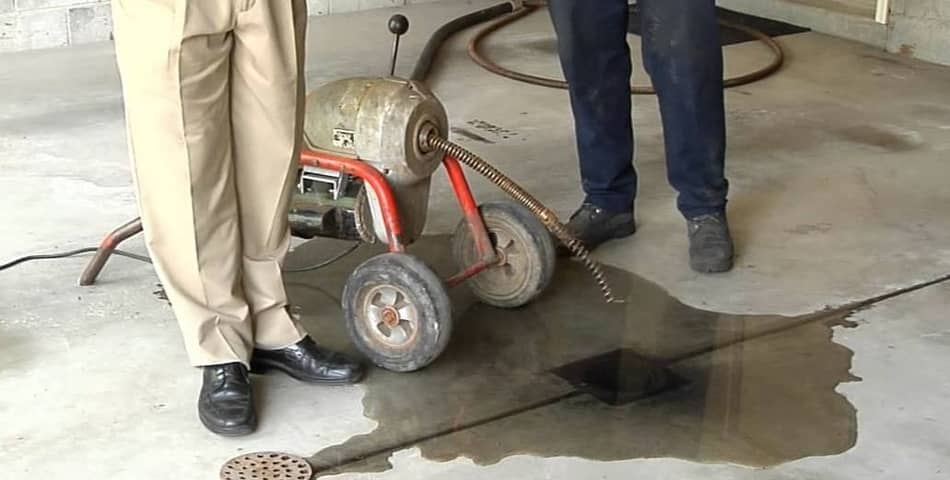Where Do Basement Floor Drains Go? Plumber Explains

If you have a basement in your house, you’ve probably noticed that it has a floor drain. They are very important and every basement should have them installed. However, most people don’t know that a floor drain is a necessary part of the home plumbing system. In any case, looking at the basement floor drain, you will not get an answer as to where that system leads. Therefore, in this article, we will explain the basic basement floor drain diagram and much more. Let’s start!
So Where Do Basement Floor Drains Go? Basement floor drains are usually placed at the lowest point of the basement and are connected to the sewer system. However, they can also be linked to a sump pit, or to a sewer pit. Most basements in United States have a home sewer system installed because it is the most practical method for home.
The basement floor drain is something that householders rarely notice, but it is certainly an important part that every basement should have. Now that we have briefly explained the way it can be connected and where it goes, it would be good to go through its parts and describe how it works. So, continue to read to find out more!
Main Parts Of The Basement Floor Drain

The first thing you will notice about a basement floor drain is a cover grate located at the top. Underneath the cover grate, you will find a drainpipe, a plumbing trap, and a catch bowl. You will also notice that each floor drain has a large hole that serves as a drain and is located at the bottom. Keep in mind that some drains come with an additional outlet.
Materials from which basement floor drains are made can vary and usually depends on the age of the house. Previously, floor drain pipes were made of cast iron, while they are now mostly made of PVC material. However, no matter what material type is used, they always have the same plumbing system and are usually placed at the lowest point of the basement floor.
For those who want to learn more, be sure to read Basement is Leaking Where The Floor Meets The Wall.
3 Ways the Basement Floor Drain System Can Be Connected

Now that we have explained the purpose of the basement floor drain and how it prevents water accumulation, we will explain how it can be connected. Although most homes have a floor drain that is connected to the home’s sewer system, it can also be connected to a sump pit or sewer pit. We will explain each of these systems below.
1. Home’s Sewer System
Most households today have a basement floor drain connected to the sewer system. However, this is not surprising since that way you can connect your sewer system with the washing machine, laundry sink, and any other appliance that uses water in your basement.
Also another advantage of connecting the basement floor drain to your sewer system is that you will remove all the stench and bad smells from your basement. Because of that, most homes have this system installed. However, there is one disadvantage when it comes to this system, and that is backflow. For example, if your home drain system is clogged, water can flow upwards through your floor drain all the way to the basement. The only way you can stop this in the future is by installing a backflow valve.
2. Sump Pit Connection
A sump pit connection is another way you can connect your basement floor drain. Although it is not as common as the previous method, you can also find this system in some basements. If you would like to learn more about this system and how it works, feel free to read the article in which we have covered in detail the sump pump and its problems. It is usually located at the lowest point of the basement.
The sump pit is a big hole in the basement where a sump pump is installed. Its main purpose is to drain excess water found in the basement to prevent flooding. You will find a lot of water accumulating in it most of the time, so you should not be surprised. When the water exceeds a certain level, the sump pump starts to work and expel that water from the basement.
3. Sewer Pit Connection
Lastly, a basement floor drain can also be linked to a sewer pit. However, a small number of households that have a basement have this method of connection. The purpose of the sewer pit is to collect water from home humidifiers, laundry machines, HVAC systems, and floor drains.
Each sewer pit must have an ejector pump. Its main role is to pump water into the home sewage system. Also, you will find this connection method in basements with bathrooms and laundry rooms.
If you have a drain hole in your basement, read What Is The Purpose of Drain Hole In Basement Floor?
Most Common Basement Floor Drain Problems

One of the problems you are likely to encounter is the blockage of the basement floor drain. Remember that the basement floor drain is most often connected to a home plumbing system. The most common reasons of this are clogged drain lines, damage related to the sewer line, or clogged sewer line.
Drain Lines Are Clogged
When some kind of blockage occurs in your drain system, you will first notice that the water starts coming back through the drain lines. The first place where this will happen is on the basement floor drain, as it is located at the lowest point in your home.
Sewer Lines Are Clogged
Another possible reason why water can leak into your basement is if sewer lines are clogged. As we have already mentioned, the basement floor drain is placed at the lowest point in the house and because of that, the water will find its way out through the basement floor drain.
Sewer Line Is Damaged
Lastly, sewer lines in your basement can be damaged and cause drain backups. This can be due to cracks caused by damage and poor maintenance. It is necessary to notice where the sewer lines are damaged and fix them.
Final Thoughts
Having a basement is certainly a good thing that brings a lot of benefits, but it also requires regular maintenance as we could see. Each basement should have a floor drain that is placed at the lowest point of the basement to prevent water from accumulating in it.
In this article, we’ve explained that the basement floor drain can be connected to the sewer system, to a sump pit, and to a sewer pit. However, most homes have a sewer system because it can be connected to other home appliances. I hope that this article has helped you, and for any additional questions feel free to comment below.
